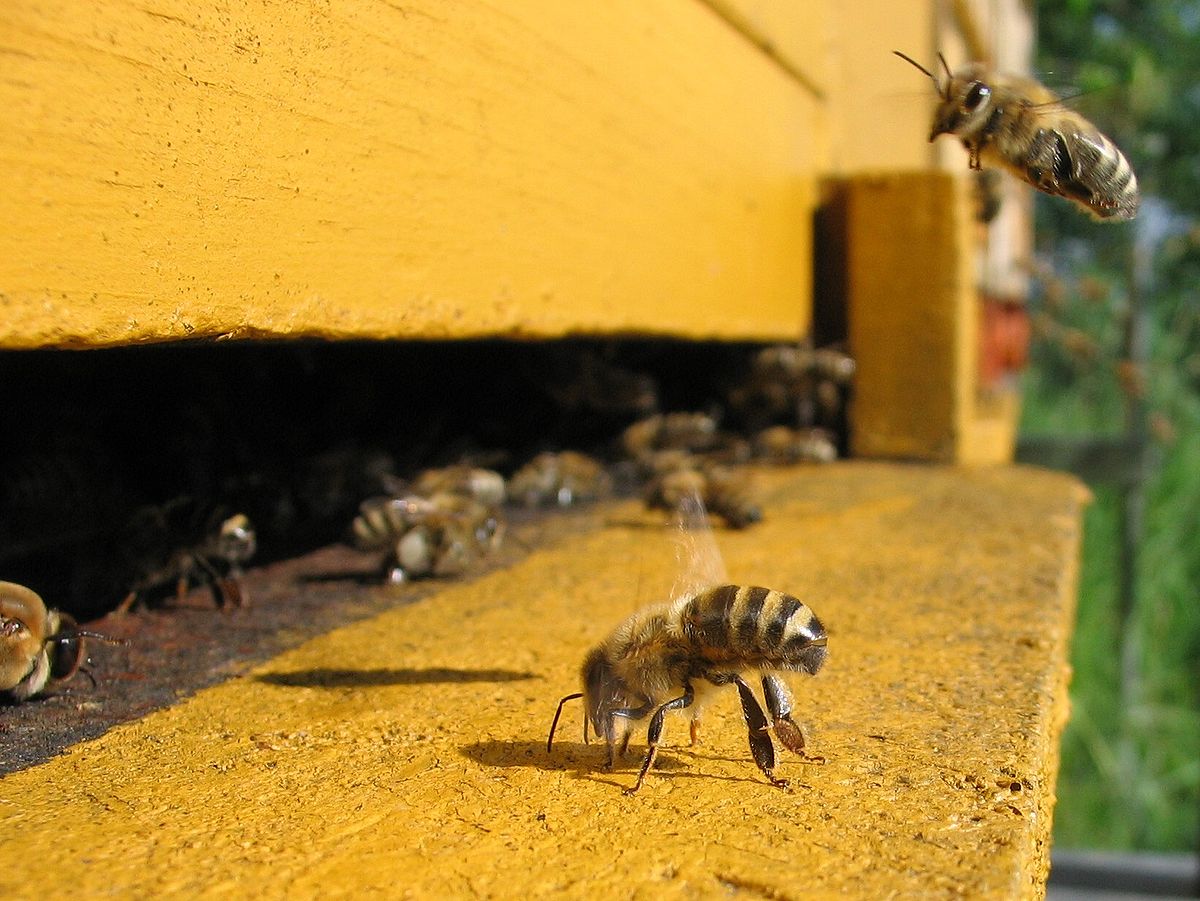
# Climate Change Poses a Greater Threat to Wild Bees than Habitat Loss
The essential contribution of wild bees to global ecosystems is immeasurable. Serving as pollinators for a variety of plants — spanning from critical agricultural crops to native wildflowers — bees play a vital role in maintaining biodiversity, ensuring food security, and supporting ecosystem stability. Nonetheless, these indispensable pollinators are encountering multiple stress factors that jeopardize their survival and their ability to perform their ecological duties.
A recent study spearheaded by a group from Penn State University uncovers alarming revelations: wild bees are disproportionately impacted by **climate change** compared to disturbances in their natural habitats. This research contradicts the prevalent notion that habitat loss resulting from land use changes is the primary threat, demonstrating instead that the alterations in temperature and precipitation, driven by climate change, are the leading causes of the decline in wild bee populations.
## Connection Between Bees and Climate
In a current statement, **Dr. Christina Grozinger**, Distinguished Professor of Entomology and Director of the Center for Pollinator Research at Penn State, stressed the gravity of the findings:
> “Our research indicated that the most pivotal factor influencing wild bee numbers and species diversity was the weather, notably temperature and precipitation.”
The research, conducted in the Northeastern United States, examined long-term environmental changes, such as warmer winters, increased rainfall in the spring, and extended growing seasons coinciding with higher peak temperatures. By analyzing data collected over 14 years from 1,000 locations, the researchers identified that wild bees are acutely sensitive to these climatic variations. While industrial agriculture, urban expansion, and sprawl are frequently viewed as major contributors to habitat fragmentation, the analysis revealed that even in regions where sufficient floral and nesting resources were available, bee populations dwindled due to unfavorable weather conditions.
## Evaluating the Impacts of Climate Change and Habitat Disturbances
**Melanie Kammerer**, a graduate student from Penn State who participated in the study, pointed out that numerous earlier studies overlooked the combined effects of both climate and land use on bees:
> “We believed this was a significant gap because, like many organisms, bees are facing habitat loss and climate change at the same time. By examining both elements in a single study, we were able to assess the relative significance of these two stressors.”
To address these concerns, the researchers employed machine-learning models along with land-cover maps and spatial models to analyze how diverse climate variables — including temperature and rainfall — affect bee populations. The findings were definitive: climate variables exerted a more substantial influence on bee communities than habitat quality by itself.
## Varied Bee Species, Varied Requirements
Remarkably, climate change impacts different wild bee species in distinct manners. Some species exhibit greater vulnerability to certain weather conditions and seasonal changes. For instance, spring bees, which emerge earlier in the year, struggle in areas experiencing heavy rainfall. **Dr. Grozinger** elaborated:
> “We believe the rain affects spring bees’ ability to gather food for their young.”
Similarly, hotter summer temperatures can lessen the availability of flowering plants, resulting in decreased bee populations in the following year. The researchers found that hot, prolonged growing seasons deplete floral resources, intensifying the pressure on bees that heavily rely on them for nourishment. Furthermore, increased winter temperatures can dramatically alter the survival rates of certain species during the winter, resulting in fewer bees emerging in the spring.
> **Grozinger stated**, “This correlates with findings that suggest an earlier onset of spring leads to greater weight loss and mortality in overwintering adult bees, subsequently shortening their lifespan upon emergence.”
## Prospective Scenario: Warm Winters and Hot Summers
The ramifications of these findings are concerning. **Melanie Kammerer** cautioned:
> “Looking ahead, warm winters and extended, hot summers are anticipated to become increasingly common, which we foresee presenting a significant challenge for wild bee populations.”
She emphasized that future conservation initiatives must not only focus on habitat restoration but also address the extensive repercussions of climate change on the life cycles of bees. Any strategy to safeguard these pollinators will necessitate a thorough understanding of the timing, locations, and mechanisms by which climate disruption impacts different species.
The innovative aspect of this research lies not solely in its findings but also in its methodology for examining the diverse stressors that bees currently confront. Rather than analyzing individual threats in isolation, the researchers prioritize examining **multiple, potentially interrelated pressures** to propose comprehensive solutions.
## The Beescape Initiative: A Path Forward
In light of these troubling insights, the team aims to expand its **Beescape Project**. Originally created as a resource for individuals—gardeners, conservationists, and farmers—to evaluate the quality of landscapes in their areas, Beescape is now being enhanced to include climate data.
The objective of **Beescape** is to enable stakeholders to make better-informed decisions regarding land management practices by offering insights into vegetation, nesting resources, and climate conditions. By providing a clearer understanding of how climate factors influence wild bees, the research team aspires to inspire individuals across various sectors to adopt practical measures.